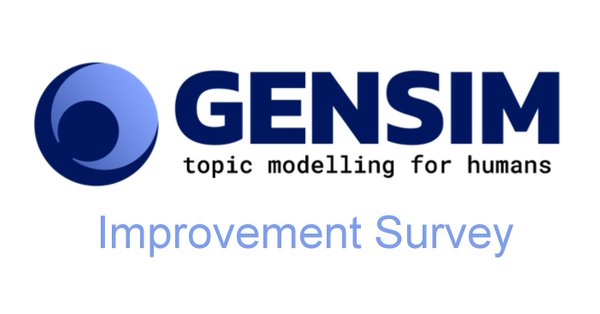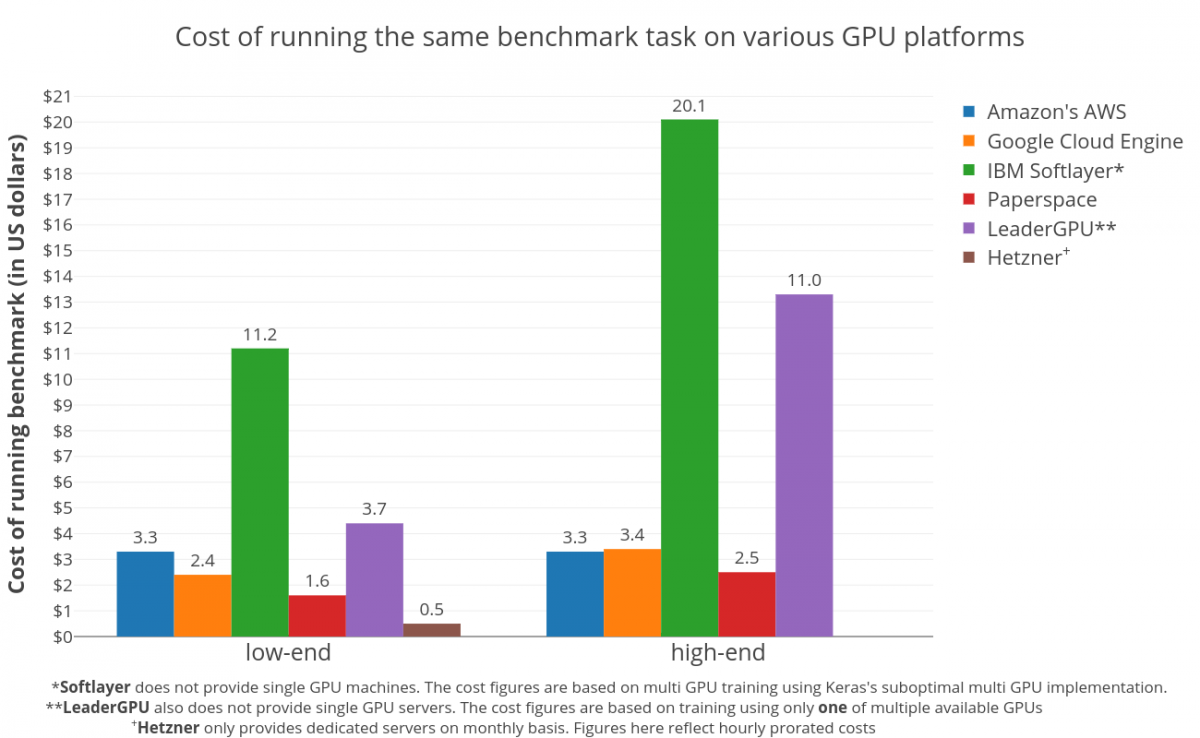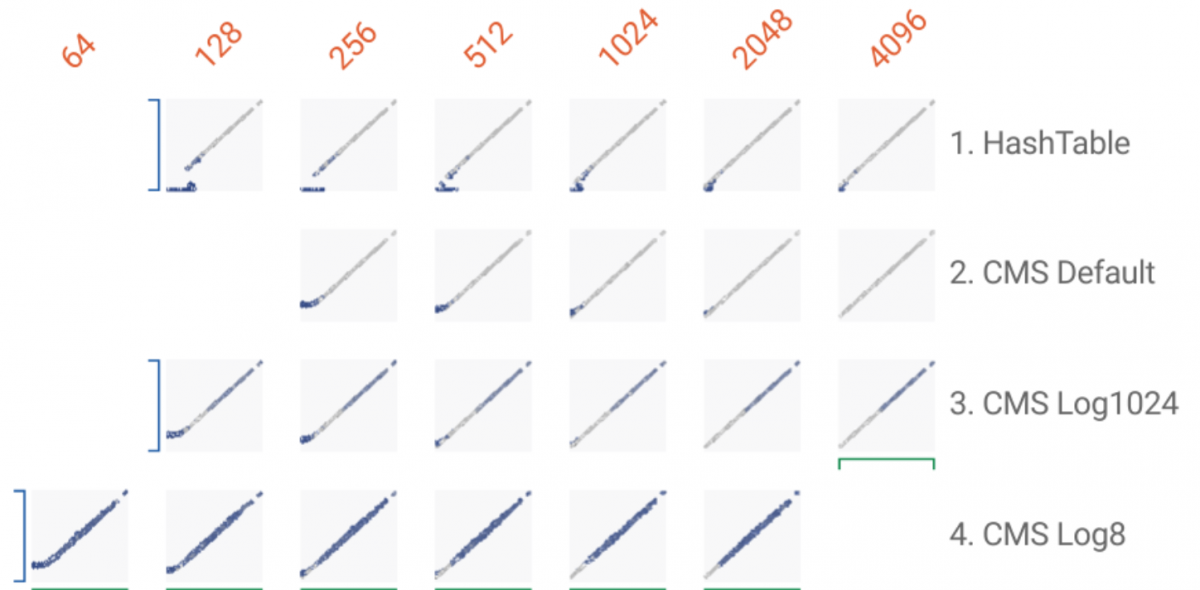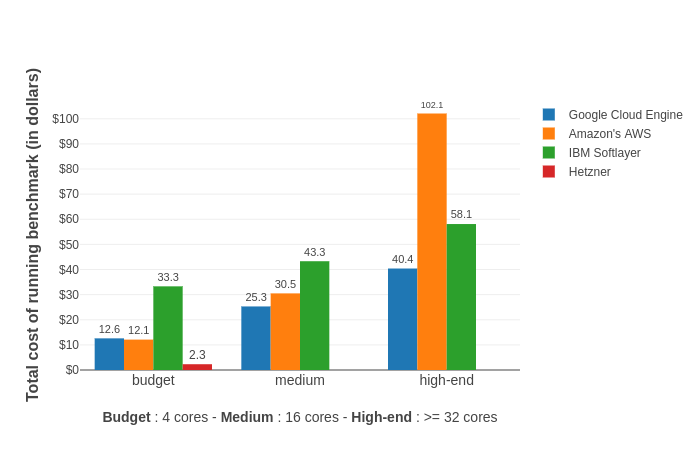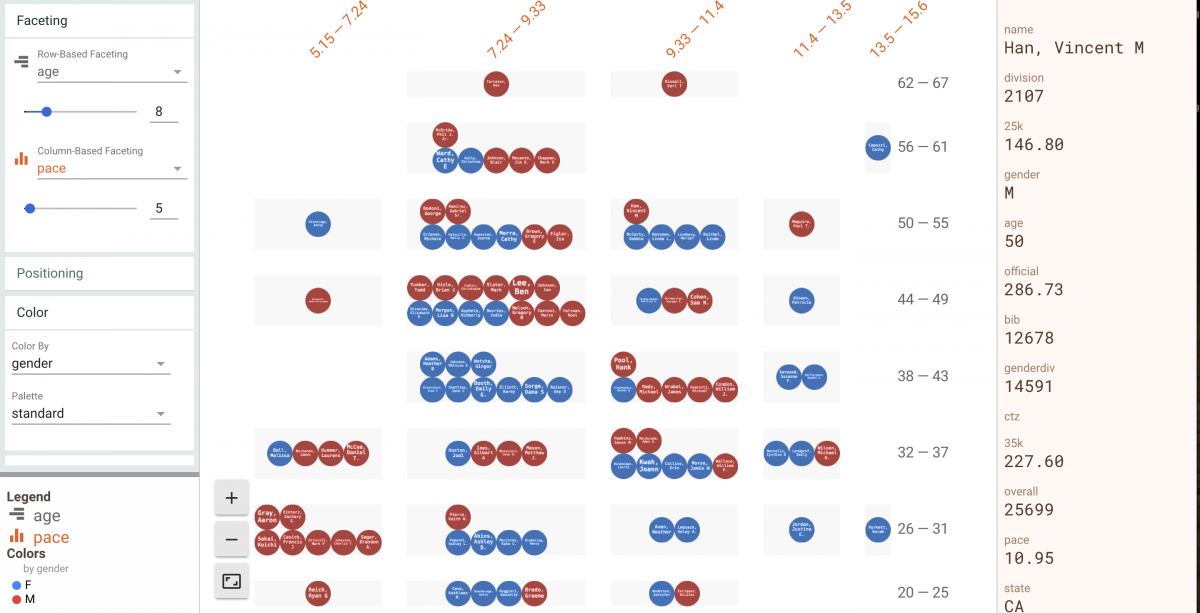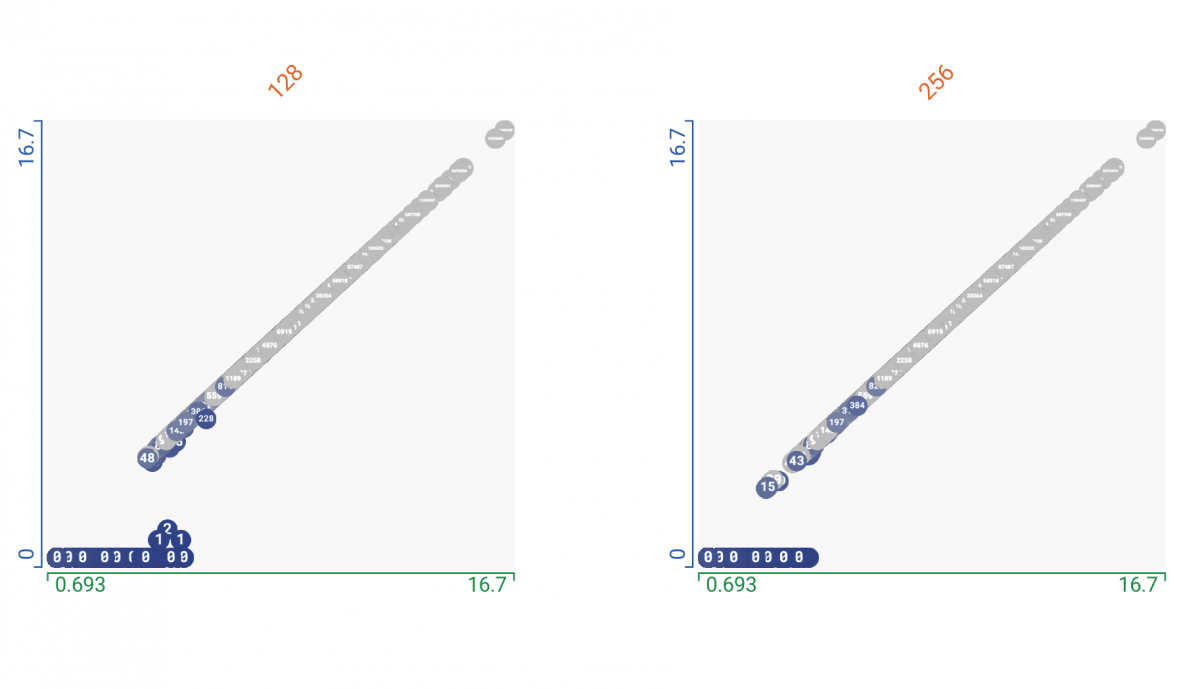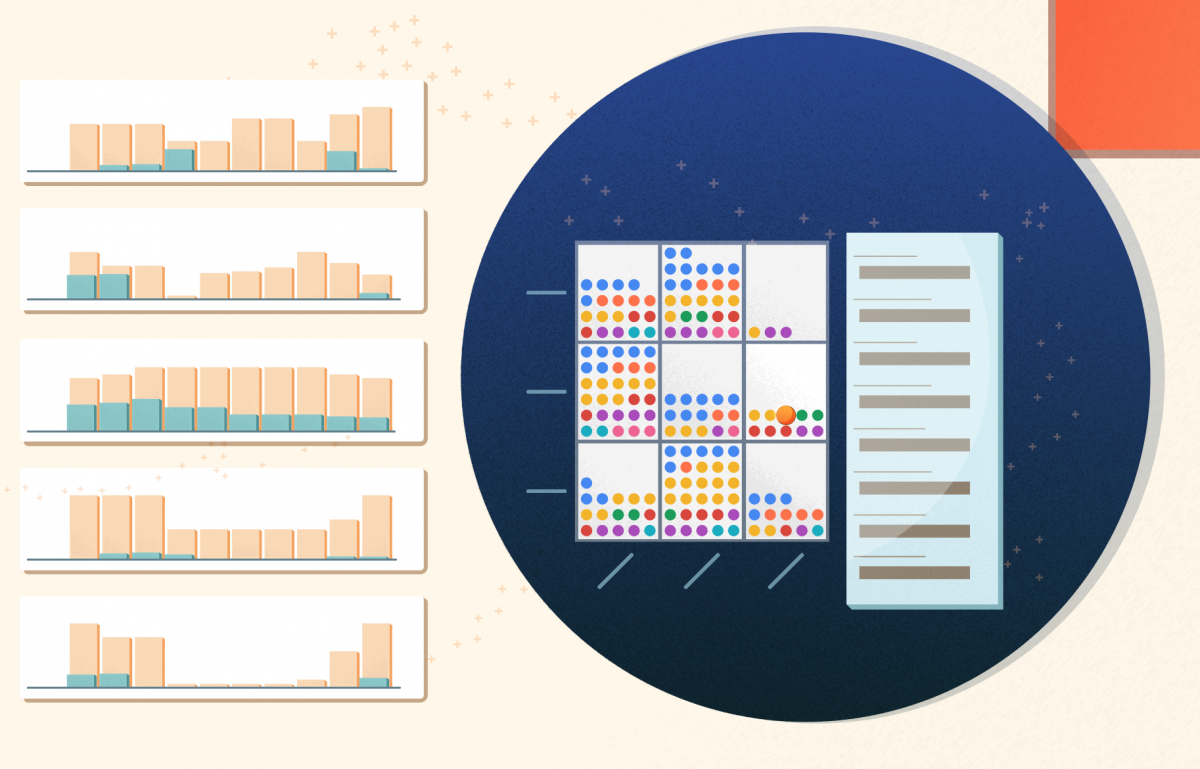Last month, we ran a survey among Gensim users to get a better idea what delights and annoys you. The ~7 minute survey was completed by 448 people. That’s a great juicy sample, big thanks to all who participated! Full detailed statistics here; in this post I’ll summarize what we found and what it means for Gensim.
Machine learning mega-benchmark: GPU providers (part 2)
We had recently published a large-scale machine learning benchmark using word2vec, comparing several popular hardware providers and ML frameworks in pragmatic aspects such as their cost, ease of use, stability, scalability and performance. Since that benchmark only looked at the CPUs, we also ran an analogous ML benchmark focused on GPUs.
Counting Efficiently with Bounter pt. 2: CountMinSketch
In my previous post on the new open source Python Bounter library we discussed how we can use its HashTable to quickly count approximate item frequencies in very large item sequences. Now we turn our attention to the second algorithm in Bounter, CountMinSketch (CMS), which is also optimized in C for top performance.
Machine learning benchmarks: Hardware providers (part 1)
The rise of machine learning as a discipline brings new demands for number crunching and computing power. With easily accessible and cheap hardware resources, one has to pick the right platform to run the experiments and model training on. Should you use Amazon’s AWS EC2 instances? Or go with IBM’s Softlayer, Google’s Compute Engine, Microsoft’s Azure? How about a real …
The Mummy Effect: Bridging the gap between academia and industry (PyData keynote)
Last month, I gave a keynote at PyData Warsaw about the existing (and growing) gap between academia and industry, specifically when it comes to machine learning / data science. This is a topic close to my heart, since we’ve operated in that no-man’s land where academia and industry collide for a living for 7 years now. Between running our Student …
Sharing Facets Dive Visualizations
In my previous post I talked about Facets Dive – an excellent visualisation tool from Google PAIR for data scientists. Now that you have created beautiful interactive charts from your data analyses and machine learning experiments, you may want to share them with your non-technical colleagues or customers, simply and securely.
Counting Efficiently with Bounter pt. 1: HashTable
Have you heard about the new open source Bounter Python library in town? In case you can’t wait to use it in practice but are wary of its “frequency estimation”, and what kind of results you can expect, this series of blog posts will help you develop the right intuition. It is split into two parts, one for each of …
Data analysis in Python: Interactive confusion matrix with Facets Dive, Pandas, Scikit-learn
The Facets project by Google’s “People+AI Research Initiative” (PAIR) offers two open source visualization tools for data analytics – Facets Overview and Facets Dive. Today, we are going to look at Facets Dive and demonstrate how to use it for an interactive confusion matrix for a multiclass classification problem using Python, Pandas and Scikit-learn.
Semantic Search Using a Fulltext Engine Presented at ACL 2017
Some of our consulting tasks keep on repeating, hinting at a wide-spread pain point across our clients and industries. One of them is looking for meaningful nuggets of information in large unstructured document databases. How do you extract actionable insights and relationships from messy datasets, such as Customer Support records? How about financial reports, or job CVs? Are you still …
Topic Modelling with Latent Dirichlet Allocation: How to pre-process data and tune your model. New tutorial.
If you’ve learned how to train topic models in Gensim, but aren’t able to get satisfying results, then we have a new tutorial that will help you get on the right track on GitHub. Primarily, you will learn some things about pre-processing text data for the LDA model. You will also get some tips about how to set the parameters …
- Page 1 of 2
- 1
- 2
 RARE Technologies
RARE Technologies